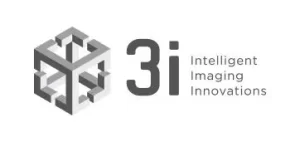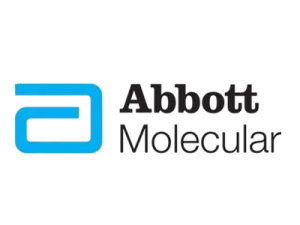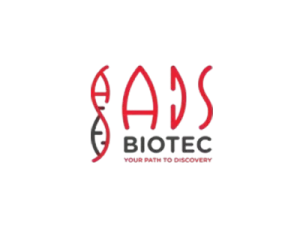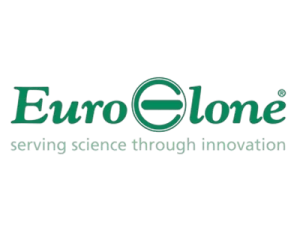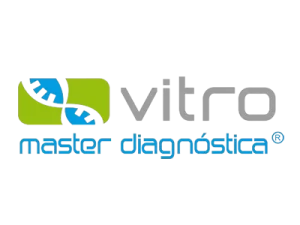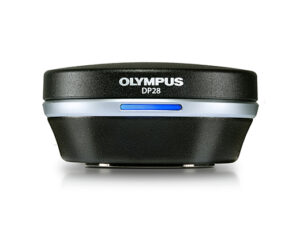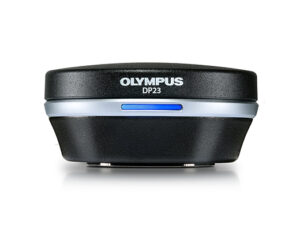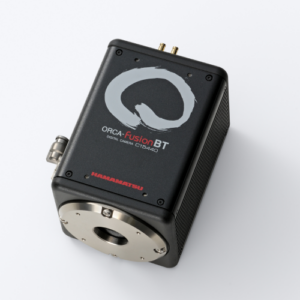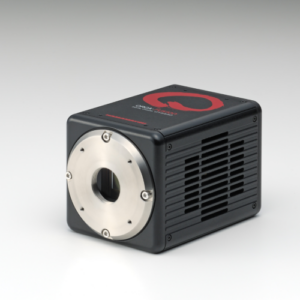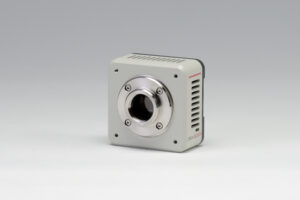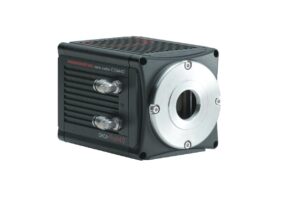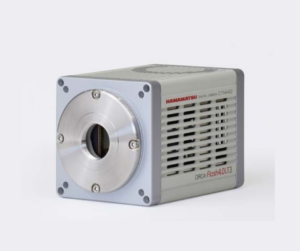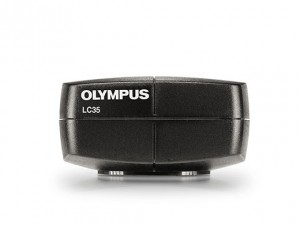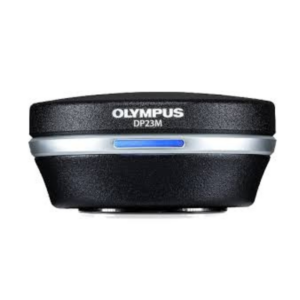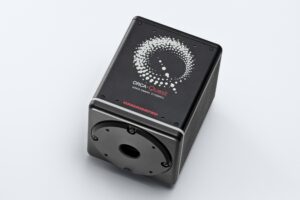DSS: Redefining Biotechnology & Life Science in India
DP28
Microscope Camera for Conferencing, Teaching, and Clinical Research: The DP28 digital microscope camera combines powerful features, precise color accuracy, and 4K resolution across a wide field of view to provide stunning images for conferencing, teaching, and clinical research. With smart features, the camera eases and accelerates your microscopy tasks while delivering high image quality.
Applications & Specialities, Cameras, Instruments, Scientific Imaging, EVIDENT
DP23
Laboratory Microscope Camera: Designed for routine life science and clinical research microscopy imaging, the DP23 digital microscope camera’s combination of smart features and good color reproduction provides high-quality images in an easy-to-use camera.
Applications & Specialities, Cameras, Instruments, Scientific Imaging, EVIDENT
ORCA-Fusion BT Digital CMOS camera
The ORCA-Fusion BT camera is the pinnacle of scientific CMOS (sCMOS) performance. The specifications are without compromise: ultra-low readout noise, CCD-like uniformity, fast frame rates and back-thinned enabled high QE.
Applications & Specialities, Cameras, Scientific Imaging, Hamamatsu Photonics
ORCA-Fusion Digital CMOS Camera
The ORCA-Fusion, built from the sensor up, balances the complex nuances of camera features to provide beautiful images and robust data at all lights levels, but especially in tough low-light conditions.
Applications & Specialities, Cameras, Scientific Imaging, Hamamatsu Photonics
ORCA-spark Digital CMOS camera: C11440-36U
A high-sensitivity digital CMOS camera employing a 2.3 megapixel CMOS sensor comprises the ORCA-spark. Its global shutter meant to attain a high-speed readout of 65 frames/s thereby make it ideal for imaging fast-moving objects. The ORCA-spark promises to deliver readout noise levels as low was 6.6 electrons, further facilitates imaging with high S/N ratio while capturing images of dark objects.
Cameras, Instruments, Scientific Imaging
ORCA-Flash4.0 V3 Digital CMOS camera: C13440-20CU
Introducing the new ORCA-Flash4.0 V3 by Hamamatsu; developed based on their expanded experience with the advanced imaging applications along with high-performance scientific cameras. This specific camera is an expert at handling applications varying from acquiring beautiful scientific images, to experimenting detection, quantification and speed.
Cameras, Instruments, Scientific Imaging, Hamamatsu Photonics
ORCA-Flash4.0 LT3 Digital CMOS camera(C11440-42U40)
The ORCA®-Flash4.0 LT3 is an advanced scientific CMOS camera specifically designed for fluorescence imaging. Designed on the success of the original ORCA®-Flash 4.0 introduced in 2011, this new model delivers exceptional performance for life science applications. It is suitable for both fundamental research and integration into diverse equipment types.
It offers an impressive readout speed of 40 frames per second, surpassing the conventional ORCA®-Flash4.0 LT+ which operates at 30 frames per second. This enhanced speed is particularly beneficial for applications requiring real-time measurements with high temporal resolution.
Applications & Specialities, Cameras, Instruments, Microscopy, Products & Services, Scientific Imaging, Hamamatsu Photonics, Microscopy & Imaging
LC35
The LC35 digital microscope camera offsets picture quality with reasonableness to convey a great value for standard brightfield imaging applications.
Applications & Specialities, Cameras, Instruments, Products & Services, Scientific Imaging, EVIDENT, Microscopy & Imaging
DP23M
DP23M camera makes it simple to quickly obtain high-quality fluorescence images required for sample inspection and routine fluorescence imaging. It is a monochrome digital microscope camera.
Applications & Specialities, Cameras, Instruments, Products & Services, Scientific Imaging, EVIDENT
ORCA-Quest qCMOS camera (C15550-20UP)
The camera achieves the ultimate in quantitative imaging.
Cameras, Instruments, Microscopy, Scientific Imaging, Hamamatsu Photonics, Microscopy & Imaging
Testimonials & Reviews

